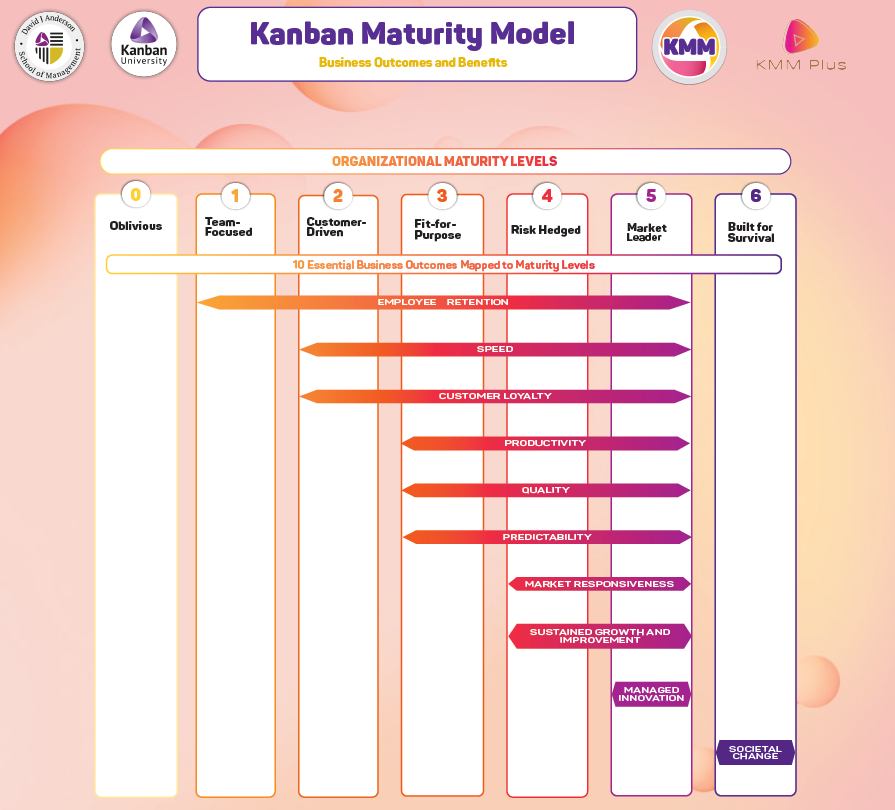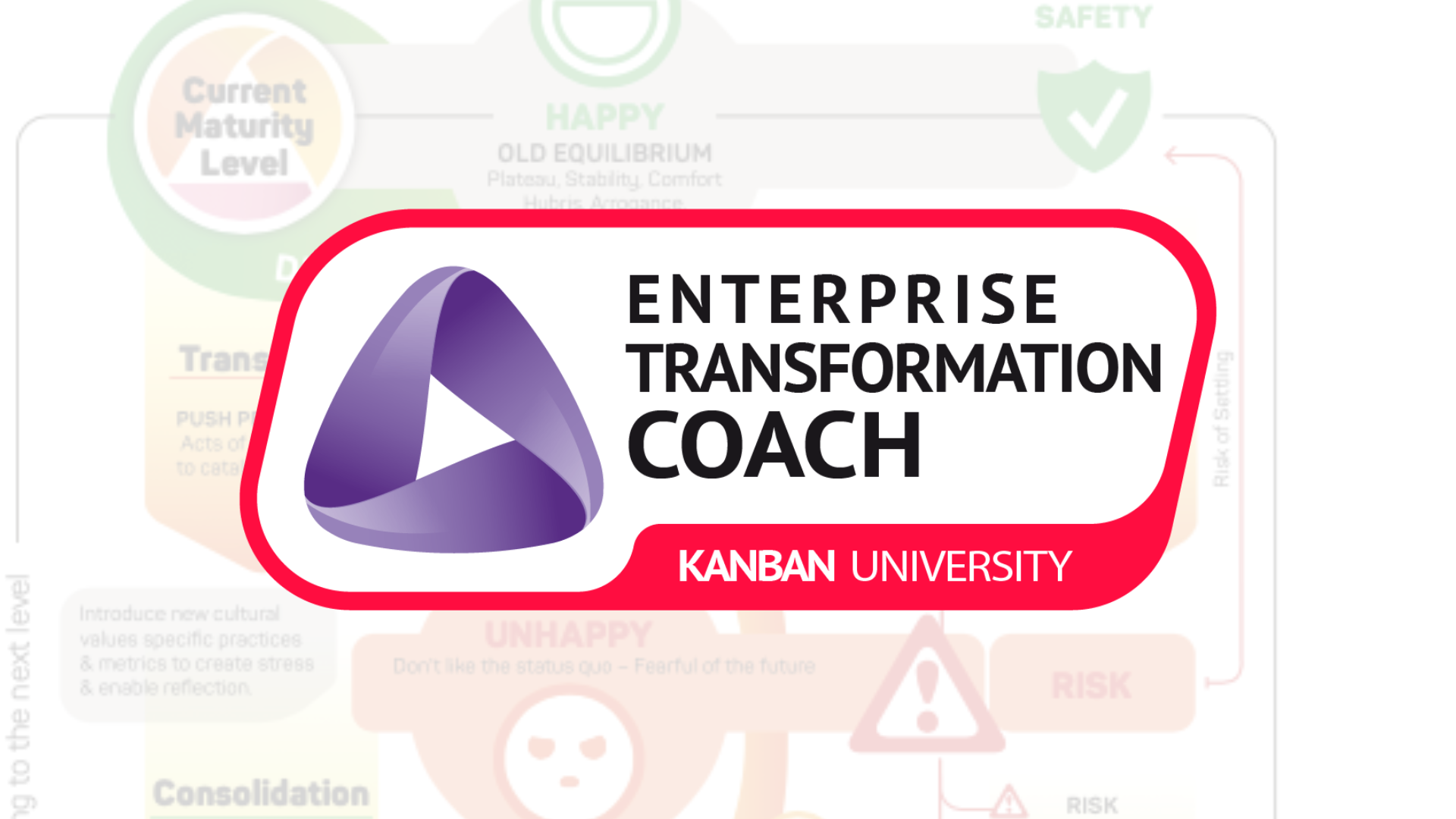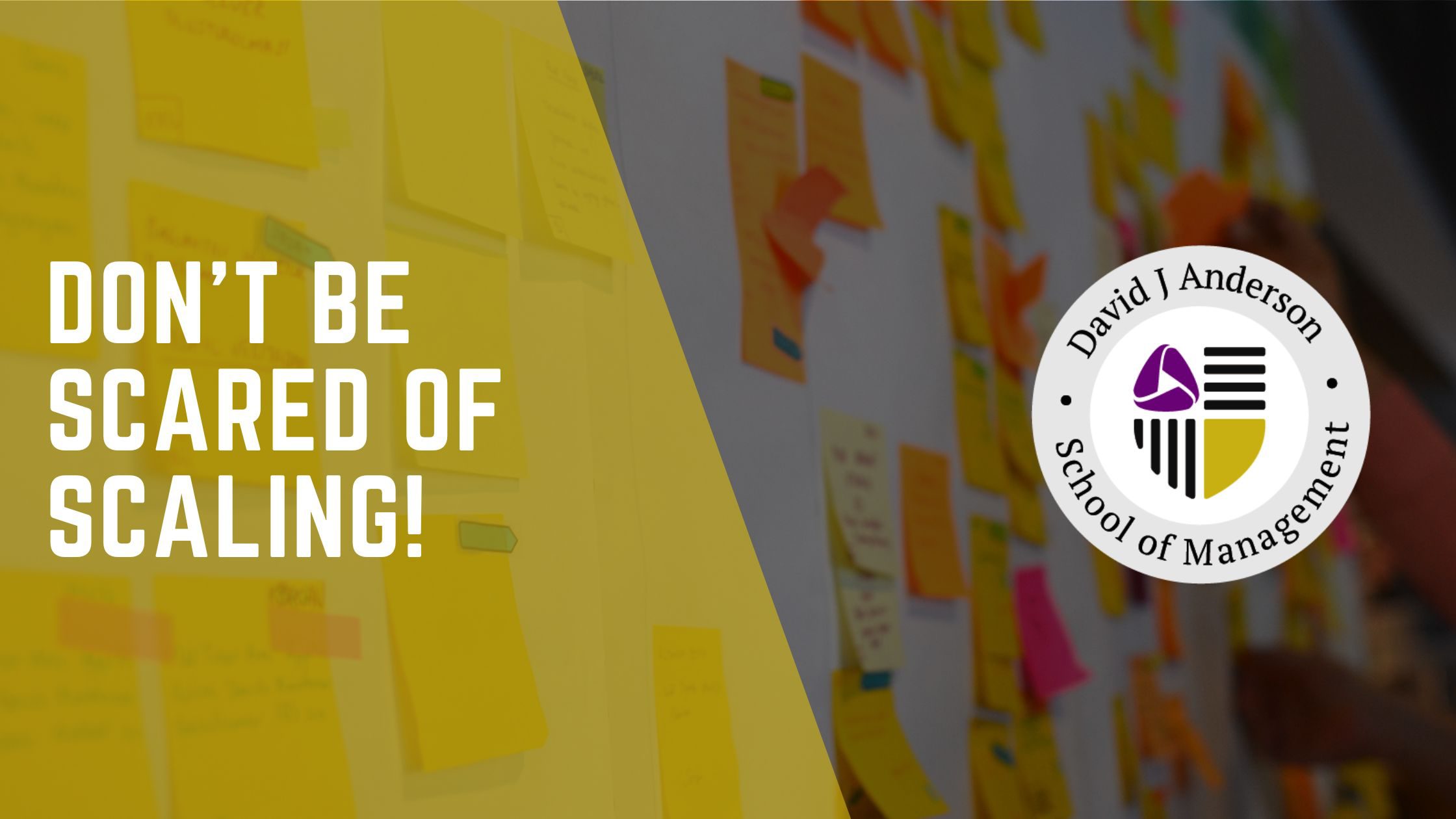“What our business looks like”. Outcomes per Maturity Levels
Outcomes are observable results and describe “what our business looks like” to customers, users, and stakeholders. Outcomes demonstrate whether our business is fit-for-purpose and, if it is, in which contexts. Outcomes also indicate whether our business is sustainable, robust, and likely to survive over the long term. Outcomes illustrate our resilience and demonstrate our ability to recover from setbacks and unexpected events.
The placement of outcomes means that we observe a particular item consistently at this Maturity Level. There is always some degree of luck or casually observed benefits at a lower level, but we are looking for a consistent and not accidental presence of it.
Employee Retention
Relief from overburdening makes people happy. Employee retention and satisfaction improve with each level. It starts at ML1, and it improves gradually. When you take people away from chaos, overburdening, and anarchy, they like it better and the stress level goes down. At every level in the maturity model, employee retention goes up. Deeper maturity companies (ML3-ML5) have low turnover; they are great places to work, the destination employers.
Speed
Speed is about reducing the lead time and it comes with focusing on flow. If you sub-optimize and make only a couple of tickets move faster, sacrificing the other tickets, then your predictability will suffer. But improving general speed comes with flow.
The speed improves significantly at ML3. The data show that ML3 and ML4 organizations shrink the lead time by 90%-95%. You don’t see those dramatic results at ML2, but you have already started seeing the reduction in lead time.
Quality
As soon as you remove the stress and anarchy at ML0 and you relieve people from overburdening, things start to get better, hence even ML0 or ML1 Kanban boards have a significant impact on quality. They reduce individuals’ multitasking and help people focus – improving quality. We try to avoid rework and moving work backward or anything that contributes to fat-tailed lead time distribution. Although the quality starts improving from ML2, you may still suffer from a WIP-breaking hero manager. When people are being pushed by the managers, quality is being sacrificed. Quality is expected to be solid by the time we are at ML3, but it is something that has to arrive before we start seeing the other ML3 benefits (e.g., predictability or customer loyalty).
Customer Loyalty
You need to deliver on customer expectations to make them loyal. Of course, there are other methods to achieve customer loyalty beyond Kanban. If you have, say, exceptional product design, customers may still love your product, but they do not necessarily love you for other reasons. Hence, they may come back for design, but their experience with predictability is not satisfactory. They are still loyal, but this loyalty is fragile because they are exposed to your competitors who match the design quality but exceed you in delivery predictability. Maturity Level 3, fit-for-purpose organizations, have highly loyal customers, and the loyalty is robust at this point.
Productivity
Productivity is related to speed, although they are not the same. It is “how many items am I going to receive?” vs. “how fast?” We expect productivity to start improving as soon as you start focusing on the flow and you get your work in progress under control. The productivity benefits should start to kick in when you are at Maturity Level 2 and transitioning to ML3.
The quality is underpinning of productivity. If you make things fast but broken, there is no point in doing so.
An earlier study described by Bill Curtis using the Capability Maturity Model (CMM) and based on data and observations at defense contractor Raytheon, showed that productivity improves between levels 1 and 4 using level 1 as a baseline, achieving organizational maturity level 4 resulted in gains of 500% (4x). These earlier results correlate strongly with our observations of organizations using Kanban and suggest that pursuing organizational maturity is more important and brings greater leverage than any choice of process or methodology.
Market Responsiveness
Market responsiveness requires us to be anticipatory rather than reactionary, and we do not achieve that until ML4. Although it may start appearing at ML3, we will not see its full benefits until ML4. Market responsiveness requires us to sample the market; see what is changing and how happy people are with our products. At lower maturity levels market responsiveness may be anecdotal and very qualitative, but we can still learn from the stories we collect and discuss how we can fix or improve our products.
Sustained Growth and Improvement
Sustained growth and improvement require you to do risk hedging and to be robust which is achieved at ML4. This is where we need everything to be stable. We cannot be losing money on every transaction even if we have happy customers. Sustained growth and improvement relate also to scaling. You cannot scale if you make mistakes:
- When quality is bad, you spend all your time fixing quality issues, and you cannot scale
- When you are not trustworthy, and your process is not predictable, you cannot scale
The implication of sustained growth is scaling.
Managed Innovation
You may see some elements of managed innovation at lower maturity level organizations in order to become predictable and reliable as a managed process if they are pursuing market leadership. Managed innovation requires you to perform some kind of market leadership. Hence, we observe this outcome at ML5. It needs to be performed in a managed fashion rather than an incidental, heroic fashion.
To talk about managed innovation, we need to get rid of the firefighting, expediting mode in the way how we deliver work so that what we do is routine. Then we start figuring out how to change it. When you are fighting fires, there is no innovation happening.
Continuous improvement is innovation in “how we do things.”
Societal Change
Societal change means that someone intentionally set out to create a disruptive change. It comes from businesses willing and ready to take big risks and invent things. It happens in robust, market-leading organizations. If we look back 20-30 years, things like smartphones created a societal change. It started as a better way to make phone calls and text messages, but gradually all applications and services implemented into the smartphone also created a societal change. This type of outcome does not come from fragile, low-maturity businesses.
Predictability
Predictability is about the shape of the distribution curve, and if you are not predictable it disappoints your customers. To be predictable you need to have confidence when you can deliver a product or service of a certain quality level.
Predictability kicks in at ML3. Below that, you do not have sufficiently predictable business. The benefits of predictability come at ML3, where you are a fit-for-purpose, trusted vendor.
Learn More
Explore more about social entropy and use this example as a reminder by downloading the poster. Learn more about outcomes and benefits of organizational maturity with David Anderson in our Kanban Coaching Practices courses.





